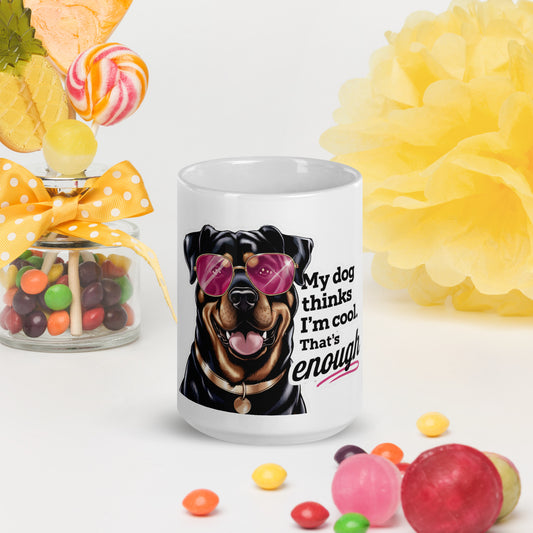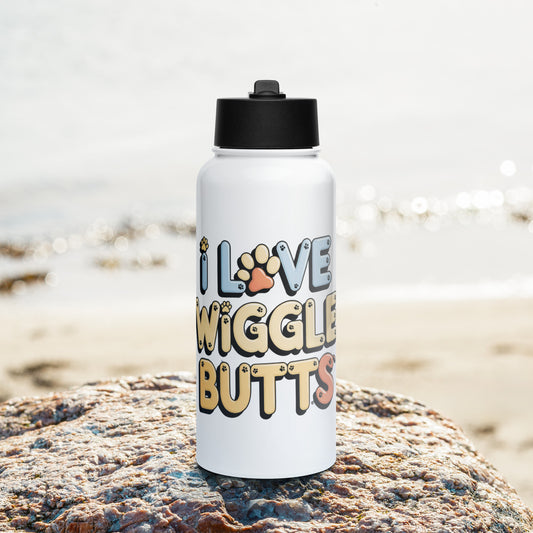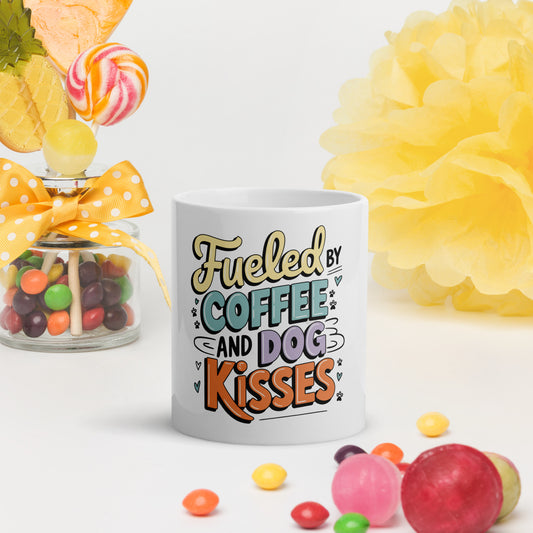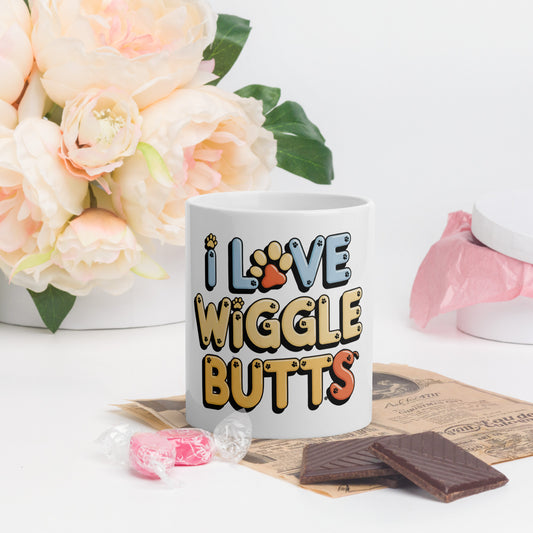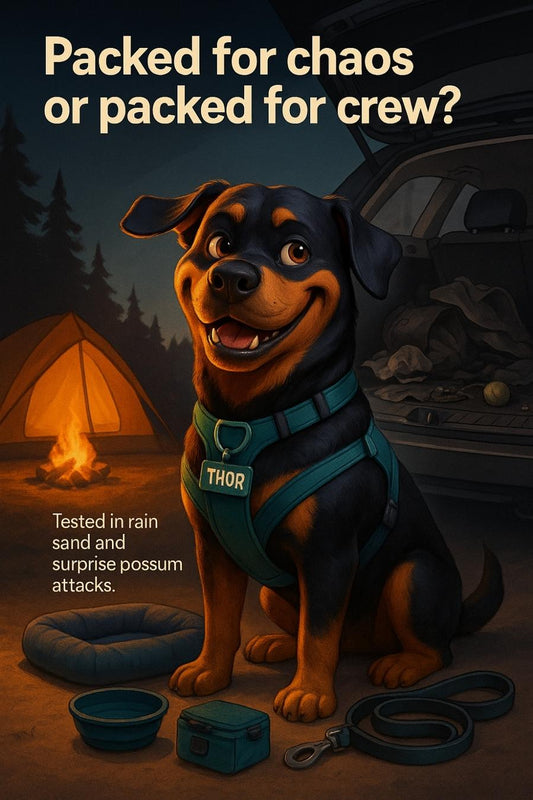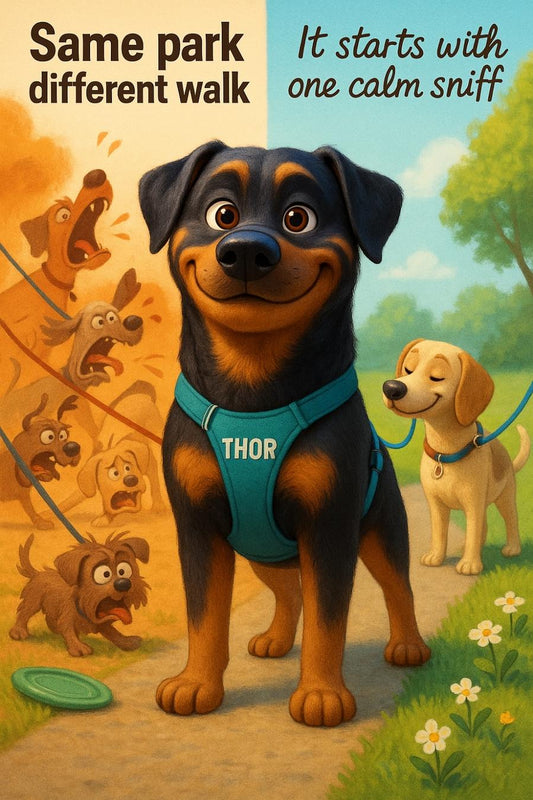
The Tail Wag Translator: What Your Dog’s Wiggles Actually Mean
Share
Understanding Dog Tail Language: What That Wag Really Means
Hey hoomans, Thor here – your favourite four-legged blogger with a nose for sniffing out the truth (and leftovers). Today we’re diving tail-first into a topic you’ve definitely seen – but maybe not fully understood – the classic dog tail wag. Spoiler alert: not all tail wiggles mean “I’m happy to see you.” Yep, it’s time we had a little tail talk!
It’s Not Just a Tail, It’s a Truth Detector
Look, if I had a dollar for every time a hooman thought my wag meant “yay, belly rubs,” I’d finally afford that deluxe bacon-scented chew bone. But tail wagging is a serious form of communication. It’s our language. Our Morse code. Our mood decoder that you hoomans often totally misread while we’re over here doing expert-level tail ballet.
Let’s get something straight: where and how a tail wags can tell you heaps about what we pupsters are really thinking. Yes, I wag when I’m excited. I also wag when I’m anxious, alert, unsure, or deciding whether that postman is friend or frisbee thief.
Tail Wag Direction: It’s a Left or Right Kind of Mood
Science – you hoomans love it – says that when dogs wag more to the right, it likely means we’re feeling positive. Happy. Chill. Like when I hear the pantry door open and catch the scent of chicken jerky. Right-wag zone engaged!
But a wag to the left? Uh-oh. That usually means something’s stressing us out. Maybe a strange dog nearby, or worse – the vacuum. My mortal enemy. If you see the tail curving left, slow your roll. I might need some reassurance… or an escape route under the bed.
High Tail, Low Tail… What’s the Doggy Deal?
- High and fast wag: That’s the “I’m pumped up!” tail. Could mean excitement… or overexcitement. Approach with treats.
- Low and slow wag: We’re unsure, figuring out who you are and if your snack game is strong.
- Tucked tail with a twitch: Nope. Not okay. Feeling scared or threatened. I need space or a gentle “you’re a good doggo” whisper right about now.
Understanding the height, speed, and positioning of our tails is key. We're giving you messages with every move. You've just got to learn the code. Think of it as a furry lie detector strapped to our backs.
The “Full Body Waggle” – Now That’s Love
When my tail isn’t just wagging but dragging my entire booty with it, that’s a certified love explosion. I only bust that out for my favourite hoomans, my squeaky steak toy, and when I finally catch that sneaky bird on the telly. If you see this full-body wag-fusion in action, you’ve made it. You are loved. Deeply. Intensely. Maybe even more than snacks. (Okay, let’s not get wild.)
But Thor, What About Those Dogs With No Tail?
Great question, curious reader! Dogs with docked tails or natural stubs (like my mate Bruno the Boxer) still speak body language loud and clear. Watch for ears, eyes, posture, and the glorious wiggle of the entire back end. Trust me, a tail-less pup can throw some serious sass or affection with nothing but a rear sway and a solid side-eye.
Let’s Not Wag It Off
So, hoomans, next time you see your pup waggin’ away, give it a proper read. Are we thrilled? Nervous? Ready to pounce on the garden hose because it betrayed us once again? Don’t just assume it’s happy vibes. Learn the wag signs like you're studying for a final exam – but one where the prize is ultimate doggy trust and maybe cleaner shoes. (You're welcome.)
From the tip of my snout to the end of my waggly Rottie tail, I promise you'll understand us better once you’re fluent in tail-speak. And if my tail's wagging while I write this? Yes. Yes it is. Thinking about sausages and your shocked little hooman faces when you realise we've been tail-talking all along.
Catch ya next nap break,
Thor 🐾


